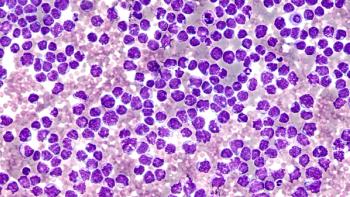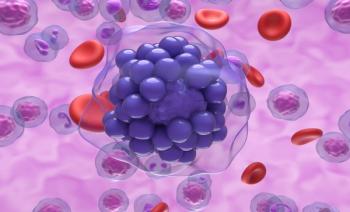
More Drug Does Not Always Lead to More Efficacy: Dr Mark Bleackley on the Progress of the RePOSA Study
Mark Bleackley, PhD, Incannex, discusses the notable and surprising observations from the ongoing RePOSA study, and the developmental challenges they have encountered with their cannabinoid pharmacotherapy for patients with obstructive sleep apnea.
In
Here, Bleackley discusses in more detail the developmental challenges of IHL-42X and outcomes observed so in their trial so far.
This transcript has been lightly edited for clarity and length.
Transcript
Were there any notable challenges in the development of this new medication?
I think there are challenges with any drug: you need to demonstrate to the regulators and to the review boards that the level of risk is acceptable. We're working with 2 known drug molecules, so there is available safety data. And that's always a big concern when we're taking drugs forward. Then it's a lot of the usual challenges with drug development, it's designing a clinical trial, finding the appropriate end points. And that's maybe where the challenge was, because there isn't any approved drug for obstructive sleep apnea. There's no roadmap for us to go on. So if we're looking at what the end points need to be for our clinical trials, what the size of the study needs to be—we've had some really productive discussions with the FDA, but there isn't a standard to which we need to meet. In other cases, where there is a drug that's already approved for other indications, you can sort of use that as a precedent. So that's probably the biggest challenge we've run into. Because it's an unmet need, we're sort of figuring it out as we go along. We don't have that roadmap to rely on.
Were there any notable adverse events observed over the course of the clinical trials? If so, what can be done to mitigate these effects?
With any drugs, you're always going to see adverse events in clinical trials, and we're no different. We have the benefit of working with known entities as there is a long history of safety reporting and clinical trials for both sternabinol and acetazolamine, and the postmarketing experience.
The adverse events that we've observed thus far are consistent with what's in the literature, often related to the known effects of THC [tetrahydrocannabinol], whether there's altered sensorium or some euphoria, some of the known effects of THC. We also get some paresthesia, which is known to happen with acetazolamide, and then other things like headaches and some gastrointestinal upset, which is common in most clinical trials.
What we've done to mitigate this risk is part of the strategy behind the combination therapy, where we get synergistic activity with the 2 drugs in combination. So, this allows us to reduce the dose of each individual component and maintain—or even improve—the efficacy. Looking at THC, when we ran our proof of concept study, our highest dose is where we saw the psychoactive effects of THC-related adverse events. In the next study, we're actually dropping that highest dose and focusing on the lower 2 doses to mitigate that risk of those types of adverse events. And similarly, with the acetazolamide, a lot of the paresthesia that we have reported in our previous study was at the higher doses. So, reducing the dose of acetazolamide, again, allows us to reduce the risk of adverse events in the patients in our current clinical trials.
Thus far, have there been any surprising findings in your study?
I think it's bit of a “yes” and “no” answer. I think we went in with the hypothesis that this would be an effective treatment for obstructive sleep apnea, and that hypothesis was confirmed. I think the one result which was initially surprising was that we didn't have a sort of standard dose response, where adding more drug led to more efficacy. We actually saw the opposite. And initially this was surprising, but then we started looking in the literature, and it's actually fairly common for cannabinoids that you have a nonlinear dose response. Why this happens, we don't quite understand, and by “we,” I mean Incannex but also the general scientific community. There are some hypotheses out there, but it was one of those instances where, at first, you always assume that more drug is going to give you sort of more effect. And then once we dug down a little bit deeper, that seemed like [the opposite] was something that happened fairly often with this class of drugs.
Newsletter
Stay ahead of policy, cost, and value—subscribe to AJMC for expert insights at the intersection of clinical care and health economics.













































